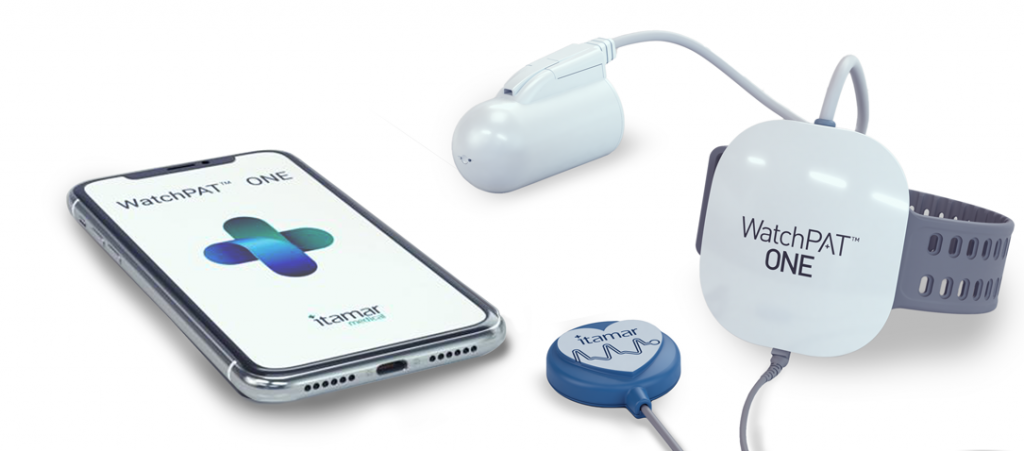
There is little doubt that 2020 and the advent of COVID-19 will forever reshape the face of healthcare. From the meteoric rise in telemedicine to increasing stringency in infection prevention protocols, hospitals, clinics, and testing facilities must now adapt in order to succeed in the coming years. And one prime example of adaptation is that of sleep apnea testing.
By its very nature, traditional sleep apnea testing is not only high-touch (thanks to the devices used and staff required) but also high exposure, due to the length of time patients are expected to spend within a clinic’s walls and the nature of aerosols spread during irregular breathing and snoring. While the area within these walls provides safety for patients during testing, the truth is that some studies show that the longer a person spends in a public setting – which a sleep clinic has to be – the more likely their chances of contracting the virus.
This is why doctors and clinics across the world are turning to home-based sleep apnea testing.
In order to get the clinical data necessary to treat their patients without compromising their safety, cardiologists and sleep physicians now see home testing as the preferred way to diagnose sleep apnea conditions, all in an environment that’s both safe and familiar to their patients.
However, while moving the location of the test from the clinic or hospital to the patients home is definitely a step in the right direction for patient safety, there are other areas of potential infection risk requiring more necessary actions to ensure the highest level of mitigation.
COVID, and the rise of disposable home sleep apnea tests
A second area of infection risk embedded with the home sleep testing devices that are typically dispatched from one patient home to the next.
traditionally, all home sleep apnea testing devices on the market are designed to be re-used with some elements being disposable or washable, but this now serves as a potential risk of infection from previous patients or even staff to the next patients, as well as back again when the staff receives the device.
This creates vulnerability where there should be only a sense of safety, and is the driving force behind the recently issued American Association of Sleep Medicine “COVID-19 Mitigation Strategies” guideless and rise in demand for fully disposable home sleep apnea tests (HSATs).
WatchPAT®️ ONE – The first and only fully disposable HSAT
This need is exactly why Itamar Medical created WatchPAT®️ ONE, the first fully disposable HSAT. This one-time use device provides patients the comfort of sleep apnea testing in their own home and in their own bed, while ensuring they are never exposed to potential infection from reused devices and contamination transmitted from previous patients.
Patients simply:
- Attach the chest sensor
- Strap on the WatchPAT bracelet to their non-dominate hand
- Slip on the finger probe
- WatchPAT ONE is connected with blue tooth to a simple smartphone app which in turn transmits the WatchPAT®️ ONE’s 7 channels of data to the cloud.
As soon as the study is complete, the prescribing clinician or the assigned board-certified sleep physician can review the automatically scored study results and provide interpretation and the patient can safely throw the WatchPAT®️ ONE away. There is no need to mail the device or any part of it back, eliminating the chance that someone could be exposed to possible infection. Imagine, no delays in data transfer, which results in faster diagnosis, as well as protecting staff and patient alike.
And, since WatchPAT®️ has been clinically validated against the “Gold Standard”, polysomnography (PSG), with a documented correlation of up to 89%1, it provides not only outstanding patient compliance but also clinical reliability.
In the COVID era, WatchPAT®️ is the answer sleep physicians and patients are searching for to provide the testing they need without compromising safety.
References:
1- Yalamanchali S, Farajian V, Hamilton C, Pott TR, Samuelson CG, Friedman M. Diagnosis of obstructive sleep apnea by peripheral arterial tonometry: meta-analysis. JAMA Otolaryngol. Head Neck Surg. December 2013;139(12):1343-1350
